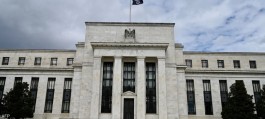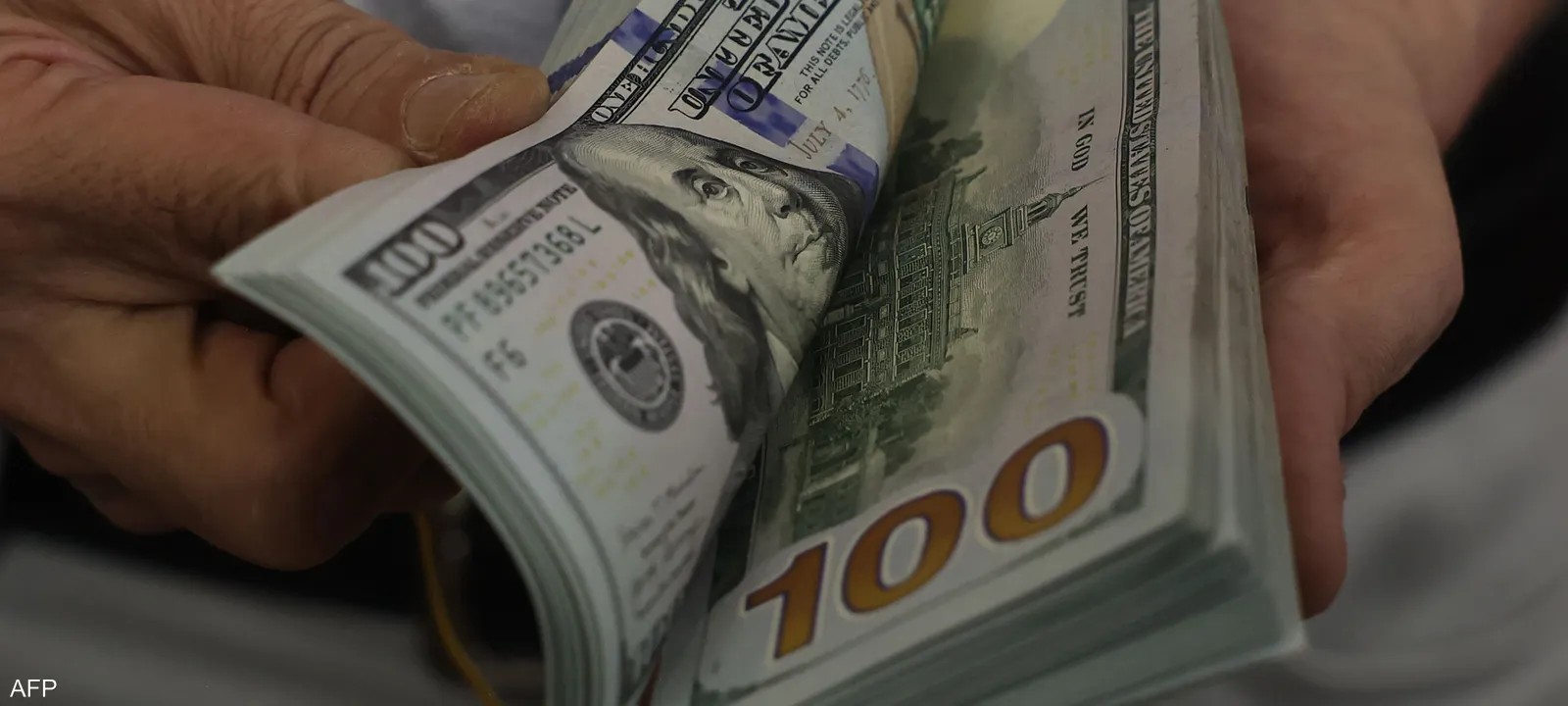The US dollar fell on Wednesday ahead of the Federal Reserve's latest interest rate meeting, while the Japanese yen rose after the Bank of Japan tightened monetary policy.
At 14:00 Riyadh time: The dollar index, which measures the greenback against a basket of six other currencies, was trading down 0.41% at 103.889, moving within a narrow range.
Dollar falls ahead of Fed decision
The Federal Reserve concludes its two-day policy-setting meeting later on Wednesday, and is widely expected to leave interest rates unchanged when it concludes its meeting the following day.
The U.S. central bank is widely expected to keep interest rates unchanged this week, but the dollar is showing signs of weakness as traders expect Federal Reserve Chairman Jerome Powell to pave the way for a rate cut at the U.S. central bank's next meeting.
Powell will almost certainly reiterate a dovish tone on inflation this time around, but he has often been the voice of the more dovish faction on the FOMC, and the press conference could generate some negative headlines for the USD, analysts at ING said in a note.
There is a general consensus for a 25 basis point rate cut in September, according to CME Fedwatch.
Sterling falls amid Bank of England uncertainty
In Europe, GBP/USD traded 0.1% lower at 1.2826, ahead of Thursday's Bank of England meeting, which is seen as a close call on whether the bank will hold or cut interest rates.
UBS expects the Bank of England to make its first 25bp cut tomorrow, saying the main reason we expect the MPC to cut rates is recent data, in a note dated July 24.
First, headline inflation in June, at 2%, was fully in line with the Bank’s May forecast, despite upside surprises in April and May. Second, the overshoot in services inflation (5.7% in June versus the central bank’s 5.1% estimate) was largely due to volatile and orderly components, which should not have an impact on the medium-term inflation outlook – an assessment shared by several MPC members, according to the June minutes.
Third, the July labour market report showed clearer signs of slowing wage growth with private sector regular wages falling by 0.3 percentage points to 5.6% year-on-year in May, broadly in line with the Bank of England’s May forecast.
EUR/USD rose 0.1% to 1.0823, following data showing the euro zone economy grew by 0.3% in the three months to June, slightly more than expected.
In addition, the eurozone consumer price index rose by 2.6% in July on an annual basis, slightly more than the expected 2.5%, while the core figure, which excludes volatile energy and food items, rose to 2.9% on an annual basis.
ING added: “It will certainly take more than a marginal inflation surprise to push markets into pricing in less than two ECB cuts by year-end, but today’s numbers could help EUR/USD shore up 1.0800 support ahead of the Fed risk event this evening.”
Yen rises after BOJ hike
In Asia, USD/JPY fell 1.4% to 150.66, with the yen rising after the Bank of Japan raised its benchmark short-term interest rate by 15 basis points to around 0.25% - the upper end of market expectations.
The Bank of Japan also said it would halve the pace of its purchases of Japanese government bonds — to 3 trillion yen ($19.5 billion) from 6 trillion yen by the first quarter of 2026.
The yen made strong gains in July, with USD/JPY down about 6.5%, as a combination of a decline in carry trades and suspected government intervention led to increased buying of the currency.
USD/CNY fell 0.4% to 7.2256, as weak PMI data and positive government comments raised expectations for more stimulus measures in the country.
AUD/USD fell 0.7% to 0.6492, falling to its weakest level in three months, driven mainly by some weak CPI data for the June quarter.
While headline CPI rose as expected this quarter, lower core inflation has raised hopes that inflation will ease in the coming months, reducing the need for an interest rate hike by the RBA.
Which stock should you buy on your next trade?
With stock valuations soaring in 2024, many investors are feeling uneasy about putting more money into stocks. Not sure where to invest your money now? Check out our proven investment portfolios and discover high-potential investment opportunities.
In 2024 alone, ProPicks AI identified 2 stocks that jumped more than 150%, 4 more that jumped more than 30%, and 3 more that rose more than 25%. That’s an impressive track record.
With portfolios specifically designed to track Dow Jones, S&P, technology and mid-cap stocks, you can explore diverse wealth-building strategies.



































